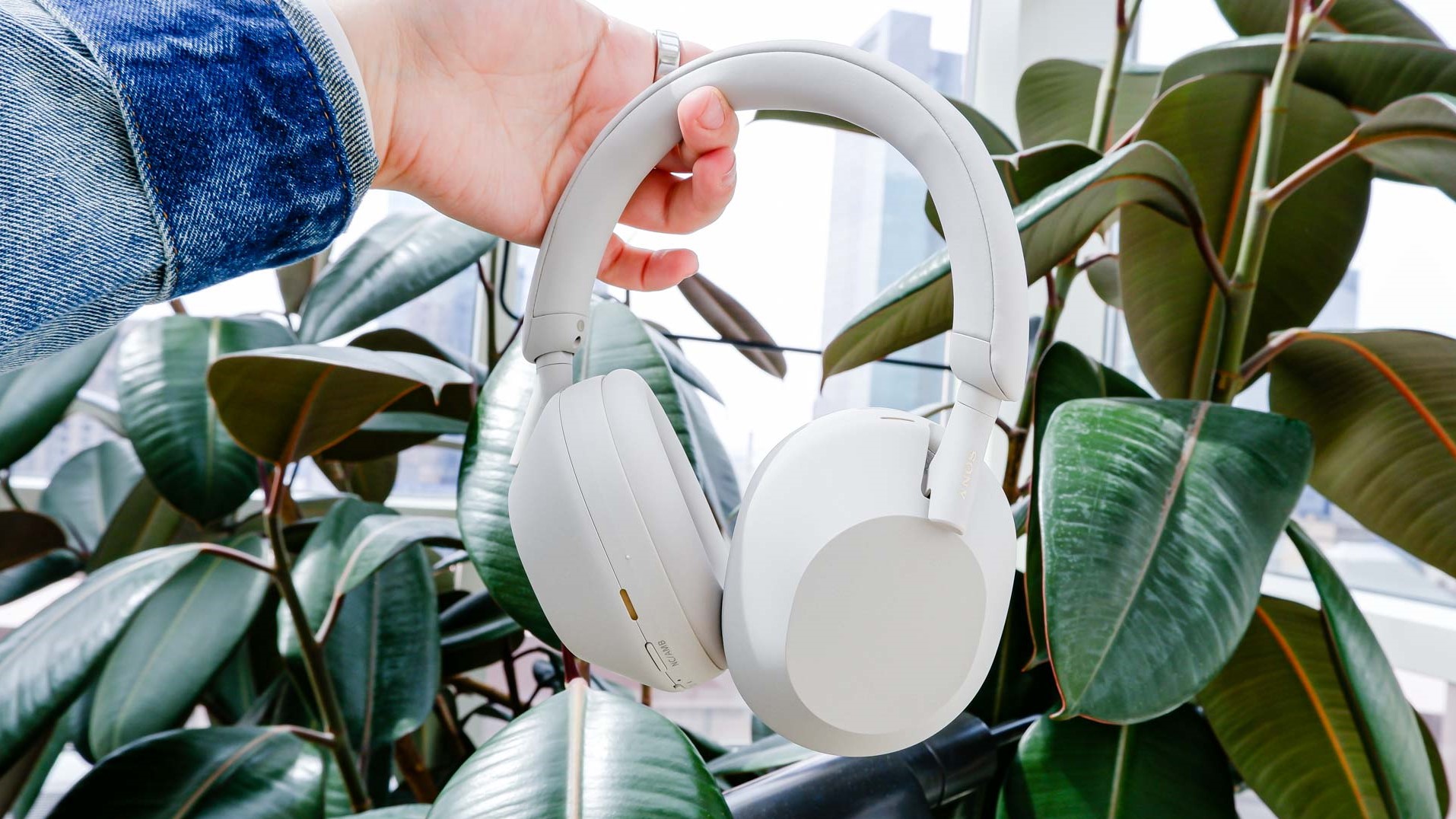For years, Sony’s WH-1000XM series has dominated the headphone market, praised for its sound quality, noise-canceling prowess, and competitive pricing. However, in 2025, a new contender has emerged to dethrone the reigning champion. The Bowers & Wilkins PX7 S3 headphones have taken the top spot, offering superior sound quality, comfort, and build at the same price point as Sony’s latest offering.
The shift in leadership comes as a surprise to many, especially with the anticipation surrounding Sony’s next-generation WH-1000XM6. Despite the buzz, the XM6’s launch was met with lukewarm reviews, earning a modest four-star rating. Meanwhile, the PX7 S3 has captivated audiophiles and casual listeners alike, emerging as the preferred choice for those seeking the best headphones of 2025.
Why the Bowers & Wilkins PX7 S3 Stands Out
The Bowers & Wilkins PX7 S3 builds upon the success of its predecessor, the S2e, with significant improvements. The headphones are not only visually appealing but also deliver exceptional audio performance. While their Active Noise Cancellation (ANC) may not surpass that of Sony or Bose, it is more than adequate for everyday use, effectively muting the noise of a bustling commute.
One of the most striking features of the PX7 S3 is its design. The headphones are slimmer and more refined, with updated armatures connecting the earcups to the headband. This design evolution retains the brand’s identity while introducing a fresh aesthetic that appeals to modern consumers.
Comfort and Build Quality
Comfort is a critical factor for headphone users, and the PX7 S3 excels in this area. The headphones feature deep, well-padded earpads that remain cool during extended listening sessions. The headband is wider and better padded than previous models, distributing weight evenly and enhancing overall comfort.
In contrast, the Sony WH-1000XM6, while not uncomfortable, has room for improvement. Users have noted that the headband can become uncomfortable over time, and the earpads tend to retain heat, leading to a less pleasant listening experience.
Sound Performance
Sound quality is where the Bowers & Wilkins PX7 S3 truly shines. Known for their expertise in audio engineering, Bowers & Wilkins has crafted a sound profile that is both sophisticated and balanced. The PX7 S3 offers a warm sound with controlled bass, well-defined mids, and detailed highs, rivaling headphones at a much higher price point.
While Sony’s XM6 maintains its signature warm sound, it lacks the clarity and detail found in the PX7 S3. Despite supporting various codecs, the internal hardware of the XM6 does not fully capitalize on high-quality music streams, resulting in a less refined listening experience.
Where Sony Still Holds Ground
Despite the PX7 S3’s advantages, Sony retains an edge in noise-canceling technology. The WH-1000XM6 and XM5 continue to excel in this area, effectively blocking out ambient noise better than most competitors. However, the PX7 S3’s improved ANC is a significant step forward from its predecessors, narrowing the gap considerably.
Feature-wise, Sony offers locational ANC and a more comprehensive EQ, but these advantages are not enough to reclaim the top spot. The PX7 S3’s physical controls are more intuitive and user-friendly, enhancing the overall user experience.
Looking Ahead
The emergence of the Bowers & Wilkins PX7 S3 as the new leader in the headphone market marks a significant shift in consumer preferences. As technology continues to evolve, the competition among headphone manufacturers is expected to intensify, driving innovation and improvements in sound quality, comfort, and design.
For now, the Bowers & Wilkins PX7 S3 stands as the best choice for those seeking premium headphones in 2025. As brands like Sony and Bose respond to this challenge, consumers can look forward to even more exciting developments in the world of personal audio.
The king is dead, long live the Bowers & Wilkins PX7 S3.
